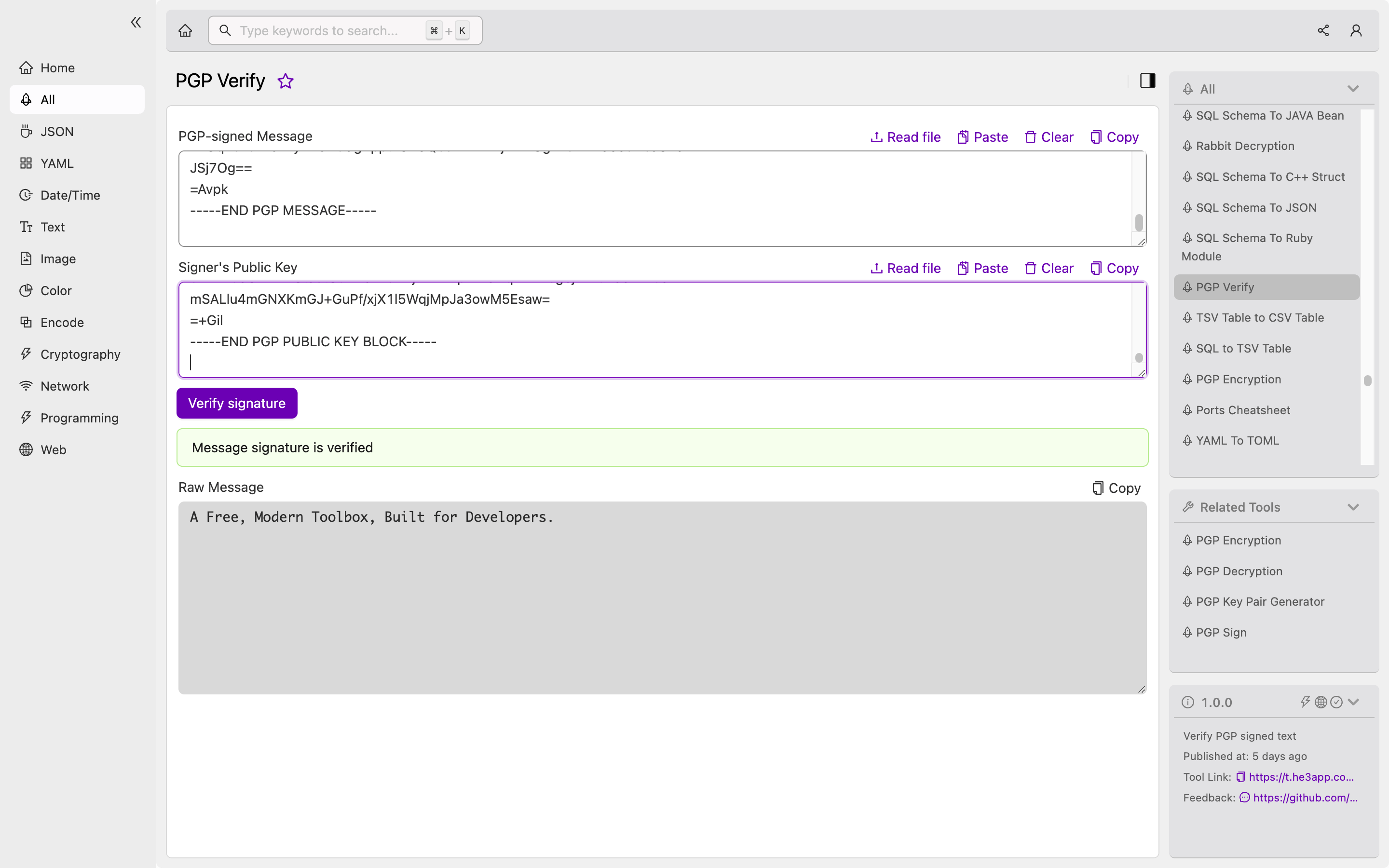Introduction
Data protection and security are critical aspects of software development. With cyber-attacks and breaches on the rise, developers need to ensure that their applications keep data secure from unauthorized access. PGP Verify is one solution that can help developers ensure data integrity and protection.
What is PGP Verify?
PGP Verify (Pretty Good Privacy Verify) is a tool used to verify the authenticity of digital signatures and ensure the integrity of messages. It uses a combination of Public Key Cryptography and Hash Functions to encrypt and verify messages.
In PGP encryption, the sender encrypts the message using the recipient’s public key, and the recipient decrypts the message using their private key. Digital signatures use the sender’s private key to sign a message, and the recipient uses the sender’s public key to verify the signature.
How PGP Verify Works
To use PGP Verify, the recipient downloads the sender’s public key and verifies that it is legitimate. The recipient then verifies the signature on the message using the sender’s public key. This ensures that the message has not been tampered with by an unauthorized third party.
Here’s an example command to verify a signature using PGP Verify:
gpg --verify message.txt.asc message.txtOr you can use PGP Verify tool in He3 Toolbox (https://t.he3app.com?oxp7) easily.

Key Features
| Features | Description |
|---|---|
| Message encryption | Encrypts messages using public key cryptography. |
| Digital signatures | Signs messages using the sender’s private key for authentication. |
| Hash Functions | Ensures message integrity using hashing algorithms. |
| Verification | Verifies message authenticity and integrity using the sender’s public key. |
Scenarios for Developers
Developers can use PGP Verify in various scenarios, such as:
- Secure communication between applications.
- Ensuring the authenticity and integrity of file downloads.
- Secure email communication.
Misconceptions and FAQs
Misconception: PGP Verify is only for email communication.
PGP Verify can be used for any communication that requires data encryption and digital signatures. It is not limited to email alone.
Misconception: PGP Verify is too complicated to implement.
PGP Verify can be easily integrated into software applications using libraries such as GNU Privacy Guard (GPG). Developers can use these libraries to simplify the implementation process.
FAQ: What is the difference between PGP and OpenPGP?
OpenPGP is an open-source implementation of PGP. Both PGP and OpenPGP use the same encryption and signing methods, but PGP is a proprietary software owned by Symantec.
FAQ: Why is PGP Verify important for data protection?
PGP Verify ensures that only the intended recipient can read the message and that the message has not been tampered with during transit.
Conclusion
PGP Verify is an essential tool for data protection and security in software applications. It ensures that messages are encrypted and authenticated to prevent unauthorized access. Developers can integrate it into their applications using libraries and tools such as GPG and He3 Toolbox to simplify the process.
References:
